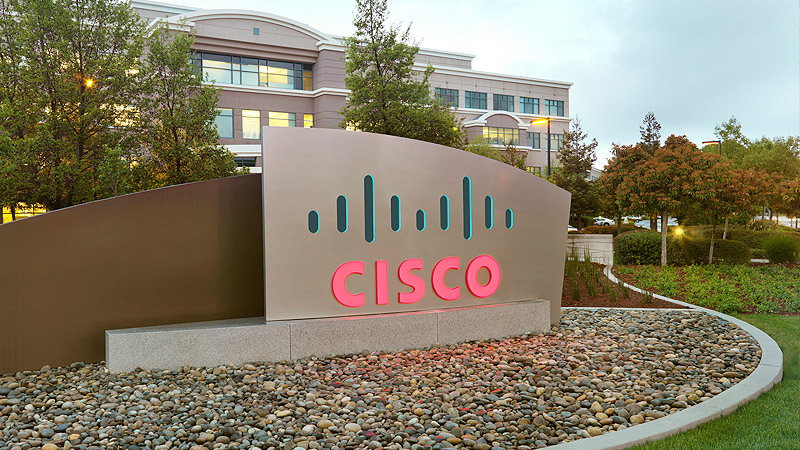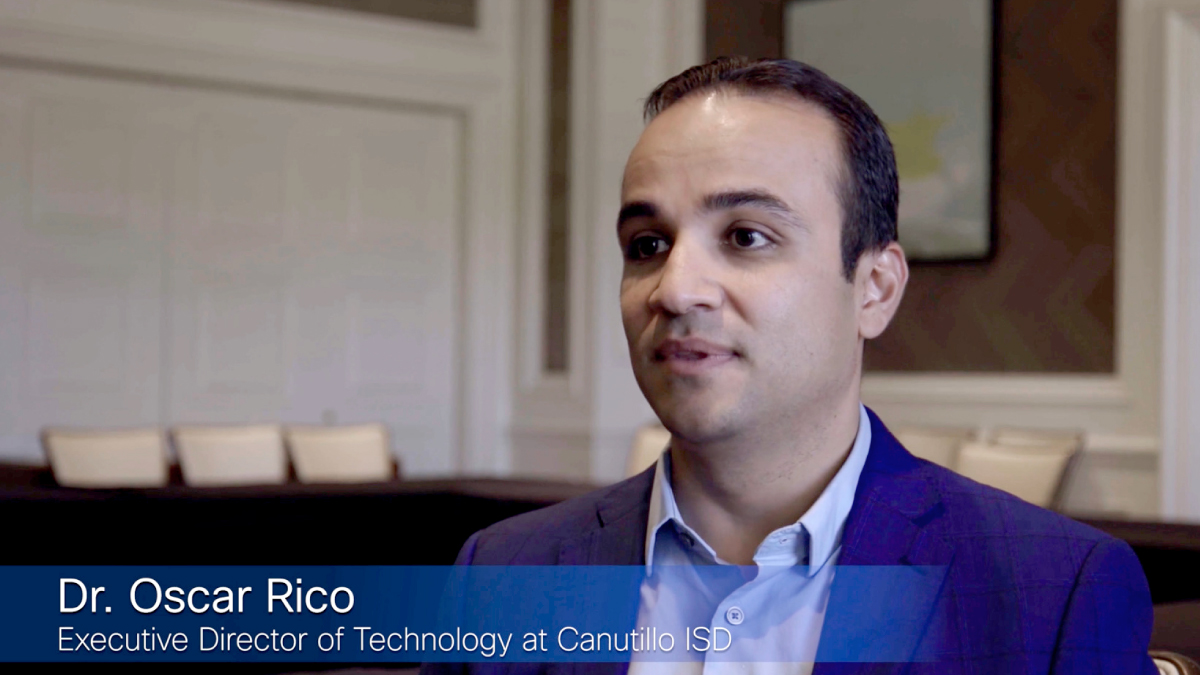COLOGNE, Germany, February 20, 2004 – Cisco Systems® today announced that the University of Cologne is deploying a network-hosted storage virtualization solution using the IBM TotalStorage® SAN Volume Controller Storage Software for the Cisco MDS 9000 Family of Multilayer Intelligent directors and fabric switches. The deployment will help the University of Cologne to manage its disparate data storage assets centrally, and to increase the availability of storage overall and for individual faculties. The project will also help facilitate more cost-effective purchasing of future storage assets, and support more storage-intensive research projects.
The move follows a decision to further centralize the management of its data storage facilities by offering storage services to individual departments and faculties, which previously had to manage their own storage environments. Using the Cisco MDS 9000 IP Storage Services Module as part of the overall solution, storage clients will be integrated using iSCSI connectivity over the existing trunked Gigabit Ethernet and IP-based campus backbone, and will interconnect with the central Fibre Channel based infrastructure.
The University is also considering using the module's support for Fibre Channel over IP (FCIP) to link up additional SAN-director-based storage infrastructure clusters on the campus using the existing IP-Backbone, to avoid the expense of building a second dedicated fibre infrastructure for SAN purposes.
"With the network-hosted storage virtualization capabilities of the IBM SAN Volume Controller for the Cisco MDS 9000, we're able to make the paradigm shift today from managing storage on different servers to a switch-based vendor-independent management model," said Claus Kalle, manager of the systems department at the University of Cologne. "Not only that, but the technology will help us to increase capacity and integrate future storage needs with the same very restricted amount of human resources available. It will also help enable us to meet ongoing storage requirements for applications such as disaster recovery in the most cost-effective way possible."
With this project, the IT department will become a centralized storage provider for all of the University departments and faculties by consolidating existing storage into one virtual infrastructure. The University is taking advantage of virtual SAN (VSAN) technology to create separate logical SANs for individual departments across this shared SAN infrastructure, while using IBM virtualization software to automate the process of provisioning storage media to improve disk utilization and storage manageability.
"This deployment gives the University of Cologne a way to reduce the ongoing cost of maintaining storage infrastructure by empowering its IT department with the diagnostic and management tools needed for effective central SAN administration," said Marcus Chambers, Storage Networking operations director, EMEA for Cisco Systems. "It gives the University the flexibility, from now on, to select storage architectures based on Fibre Channel, FCIP or iSCSI, depending on the business need, as well as to integrate them into the existing SAN environment."
The University of Cologne is deploying the IBM SAN Volume Controller for the Cisco MDS 9000 using a redundant pair of Cisco MDS 9000 Caching Services Modules. The University has also deployed Cisco Catalyst® 6500 Series and Cisco Catalyst 4000 Series Switches as the backbone of its Gigabit Ethernet network, as well as Cisco desktop switching products – and is currently evaluating the Cisco Catalyst 6500 Series Supervisor Engine 720.
About University of Cologne
For more information, please visit: http://www.uni-koeln.de/allgemeines/homepage.e.html.
About Cisco Systems
Cisco Systems (NASDAQ: CSCO) is the worldwide leader in networking for the Internet. News and information are available at http://www.cisco.com. Cisco Systems International BV, a wholly owned subsidiary of Cisco Systems, Inc, supplies Cisco equipment in Europe.
Cisco, Cisco IOS, Cisco Systems, the Cisco Systems logo are registered trademarks of Cisco Systems, Inc. and/or its affiliates in the U.S. and other countries. All other trademarks mentioned in this document are the property of their respective owners.






